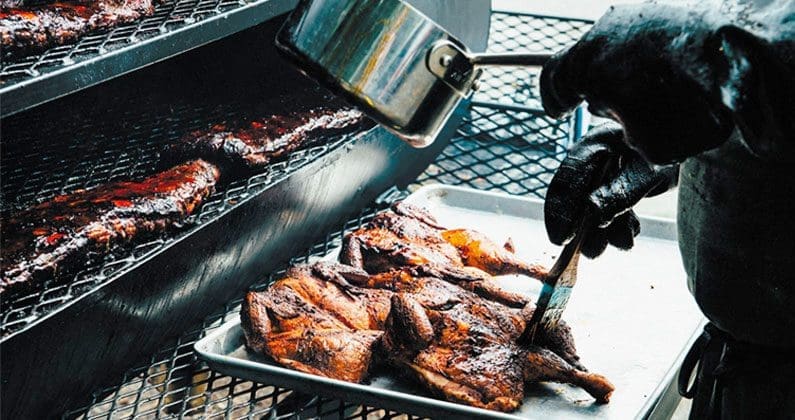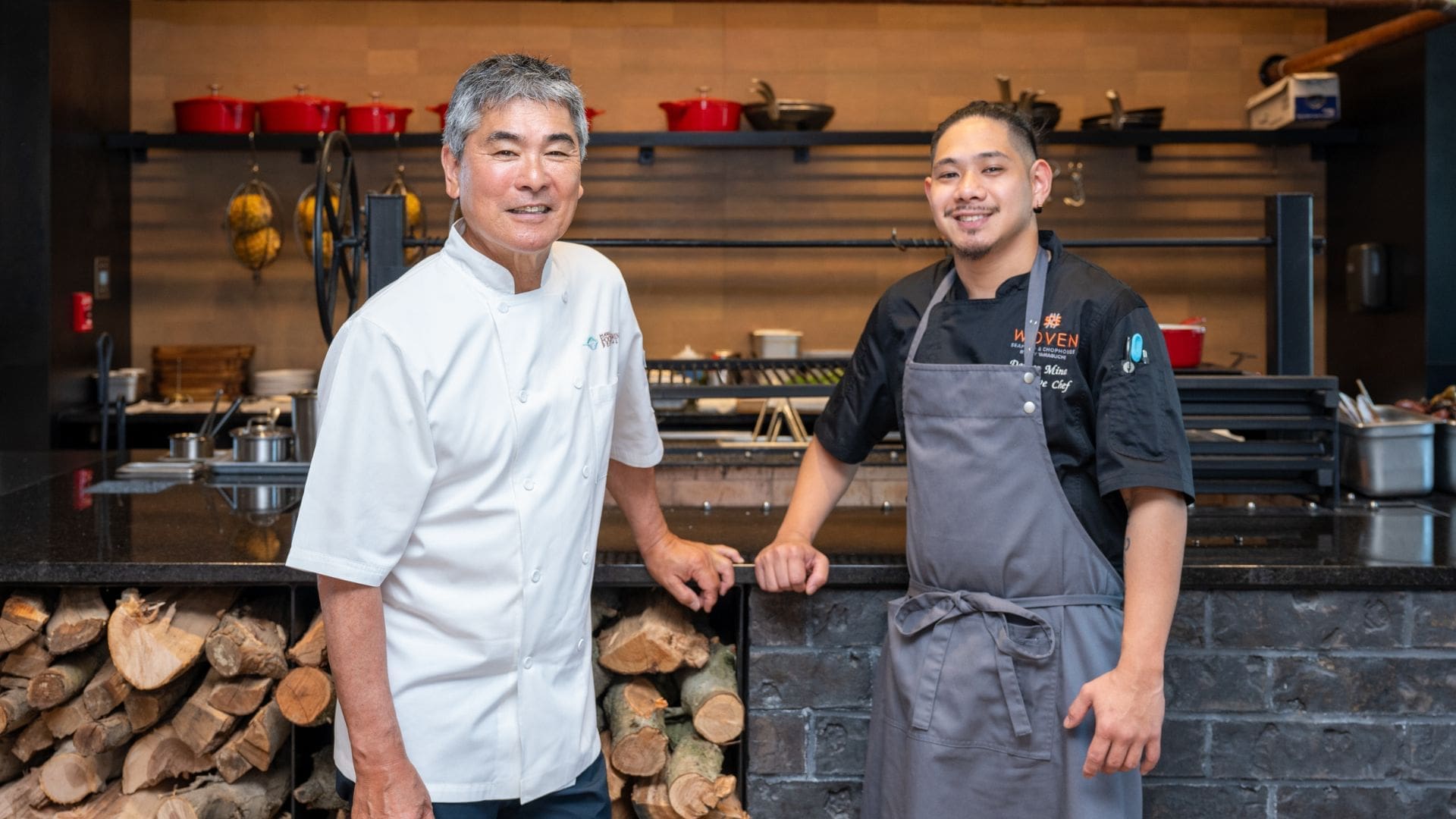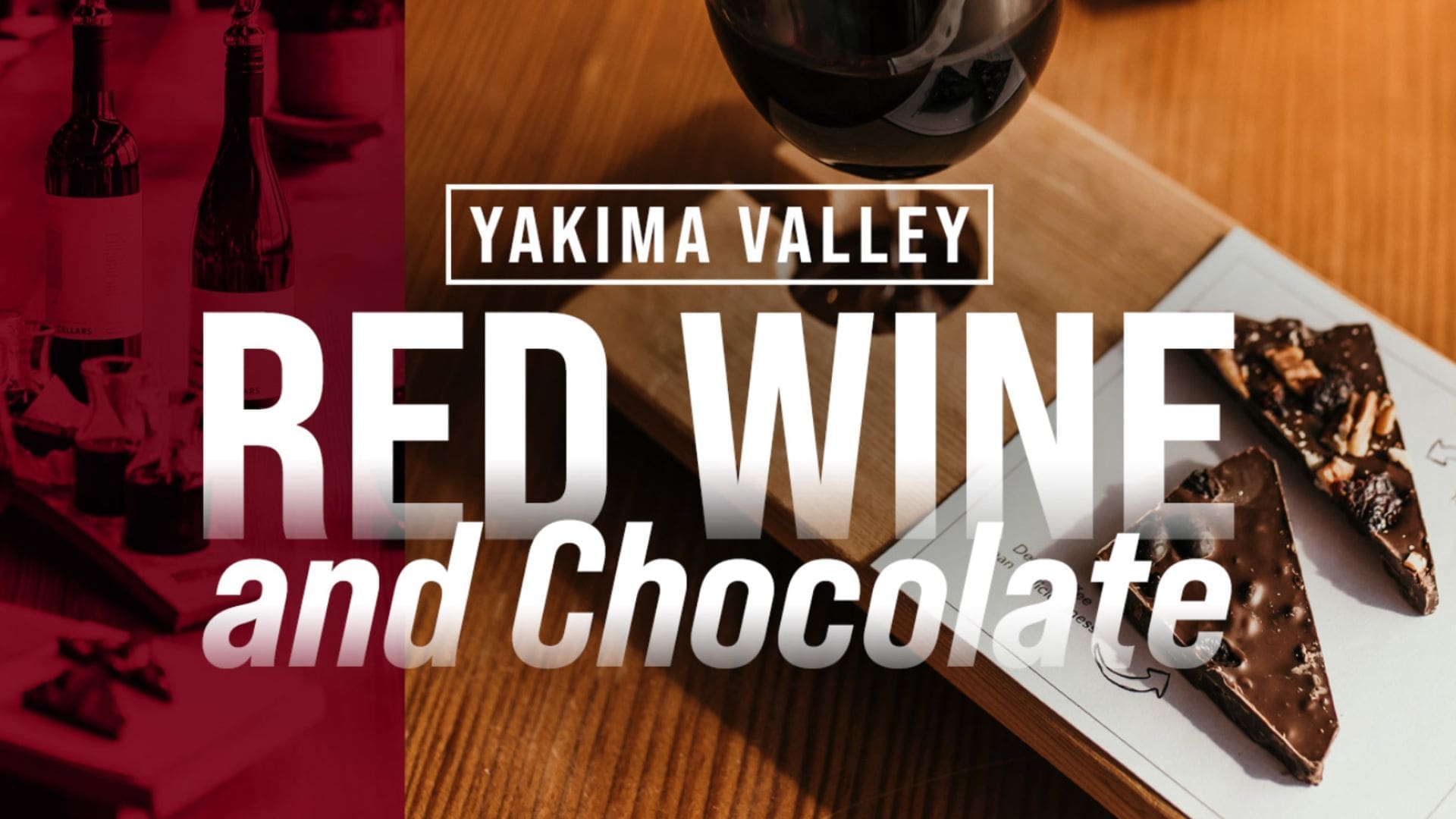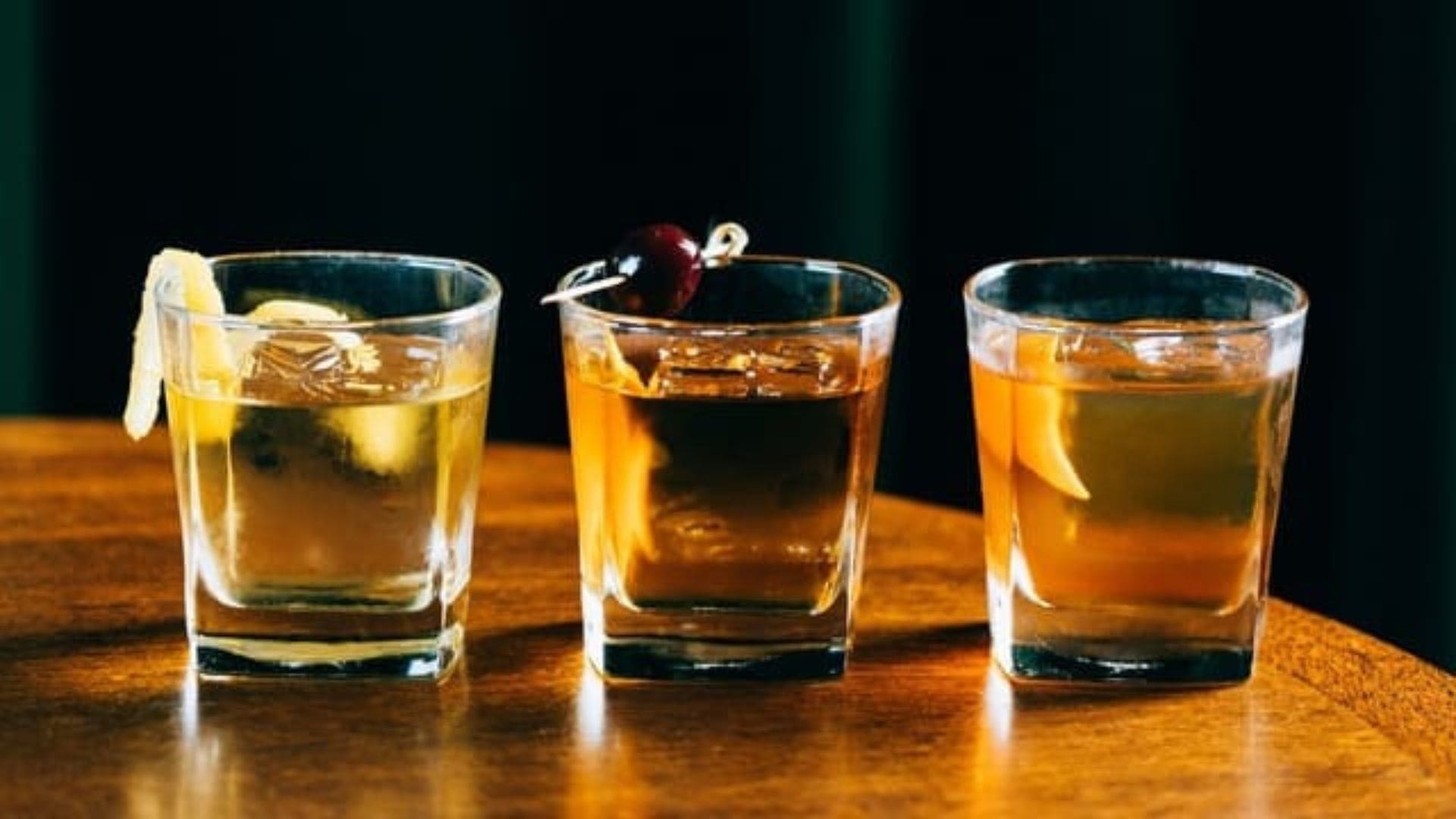Local Chefs Share Their Secrets
There may not be a more fiercely regionalized and adamantly defended genre of food in America than barbecue. To some, it’s beef with slow and steady applications of sauce. To others, it’s pork, hit with a rub and cooked patiently over a flame. Ingredients and techniques aside, we tend to agree on the almost prehistoric sense of satisfaction one gets from cooking meat over fire and the delicious results.
Barbecue is to cooking as a fireplace is to television. Not in the obvious, fire-themed way, but instead, the primal nature of it all. When we grill or smoke, with charcoal, wood or gas, we are tipping our collective chef’s hat to one of civilization’s oldest culinary methods, one that precedes Christopher Columbus and draws from many civilizations.
Stylistically, barbecue is built around the “big four:” Texas, Kansas City, Carolina and Memphis. Entire books have been written about each and the sub-styles therein. Pit masters can be cagy people, guarding old family recipes like a mycologist guards his favorite foraging patch. Fortunately, we got a few experts to cough up some tricks of the trade.
Lekadia Mattson, kitchen manager of Reverend’s BBQ in Portland, emphasizes brine. The Sellwood neighborhood restaurant smokes its signature meats, the chopped pork shoulder being Mattson’s favorite. The fatty shoulder soaks in brine for 24 hours before getting a rub and another 24 hours to dry. It’s then smoked for about 12 hours at 200 degrees, coaxing out even, rustic flavors.
“You really only need a little smoke to get a good clean flavor,” Mattson says. “A lot of smoke will often leave you with an ashy or creosote flavor.” She stresses the importance of drying the meat beforehand and keeping it unwrapped to allow for a nice pellicle. This is the tacky skin on the surface of the protein that invites the smoke to adhere to the meat.
Mattson admits barbecue is a tough world for sharing recipes. “It’s mostly just seasoning, temperatures and time, and what spices you like,” she says. In shaping the menu at Reverend’s, she and her staff found themselves returning to simpler approaches more times than not. “In the end, we really liked everything better when you could really taste the smoke and meat.”
Across town, Rodney Muirhead has been turning out Texas-style barbecue for more than a decade. Named after his grandfather, Podnah’s Pit specializes in meats slow-smoked over oak. His brisket is the best in Portland, the perfect balance of smoke, fat, texture and taste. Starting Podnah’s fire at 5 a.m. every day truly pays off.
Muirhead was raised in Texas and spent many afternoons and evenings around his grandfather. He watched his grandfather, a butcher, make pork sausage in his garage and bring home interesting cuts from the market he worked at. Muirhead says his grandfather could make a smoker out of just about anything.
Muirhead’s advice is for a good, clean fire. “I always tell my guys if the smoke is burning your eyes and making you cough when you adjust the fire, then something is wrong,” he says. To keep a steady temperature, Muirhead recommends a cooker that doesn’t require you to raise the lid to feed the fire.
“One of the main things to know about barbecue is being able to tell when it’s done,” Muirhead says. “There are two tests I use for ribs. If a toothpick goes through easily, they are tender and need to come off. If you pick them up from the middle of the rack and they are still stiff, then keep cooking. If they droop down on each side when you pick them up, then they are probably ready.
North Carolina native Michael Law brings a Carolina-style to his Seattle restaurant, Bourbon & Bones. More specifically, he’s adhering to “Lexington-style,” which relies on a vinegar-based red sauce with tomato or ketchup. Law too stresses patience and preparation in barbecue, with his most important ingredient not being meat or a spice, but the wood itself. At Bourbon & Bones, he employs apple, cherry and hickory in his custom walk-in smokehouse.
“Remember, if you’re looking, it ain’t cooking,” Law says, adding that the smoker door ought to stay shut. His hands-on approach leans on the senses, especially touch. “Go for feel,” he says of when determining if the meat is ready. “Sometimes the thermometer will fool you. In brisket, we look for the ‘jiggle.’”
There are about a million ways to barbecue but they can all be improved upon with a bit more attention to detail and a little patience. The long, dry days ahead allow for plenty of backyard trial and error, an opportunity to fine-tune your ribs recipe or grill something so often baked, broiled or roasted.
Submit to that instinctive, age-old drive to barbecue and savor the results.
This story originally ran in the print summer issue of Sip Northwest. For the full story and more like it, click here to subscribe.















